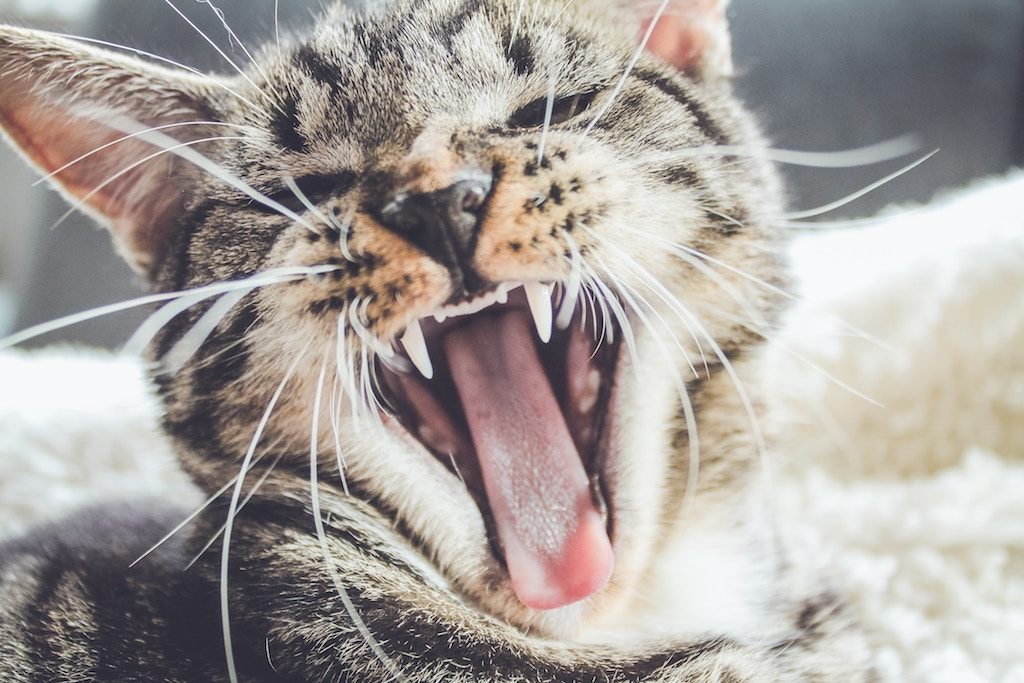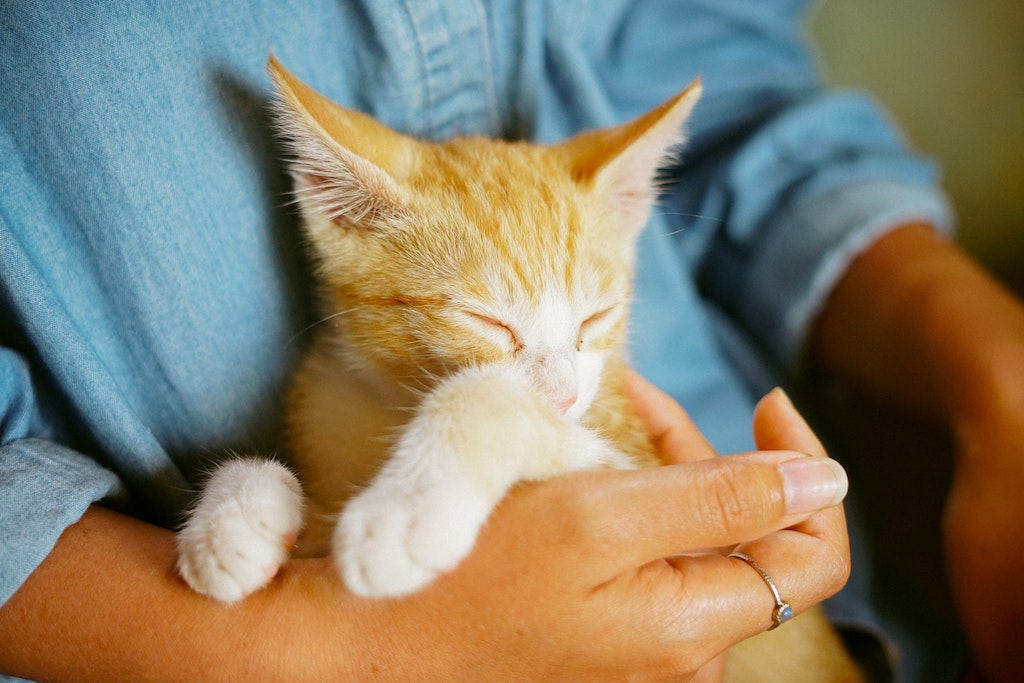While rabies in cats is a relatively rare viral disease, it’s still widespread to cause alarm among cat parents.

Cats can get rabies not only from other rabid cats but from any animals that may have the virus. That includes bats, dogs, foxes, or raccoons. This viral disease is highly damaging since it affects the nervous system. And in most rabid cats, the effects start showing disconcertingly.
So, how do we treat this terrible virus? And how do we make sure our darling fur babies don’t catch it from any other unfortunate animal? Let’s discuss the details.
What is Rabies?
Rabies is a viral disease that impacts the central nervous system of any mammal, including cats. A creature only gets rabies if it is bitten by another animal that has rabies. Once the saliva goes into the flesh, it starts making its way up to the brain through the nerves. And once that happens, the infected animal starts showing symptoms, which lead to them passing away within seven days.
Rabies is a horrible disease that can affect any mammal. And though many people associate rabies with dogs, cats are four times more likely to get rabies than dogs. And that’s because cats are allowed to go out unsupervised, whereas dogs can only make it as far as the backyard.
What are the Symptoms of Rabies in Cats?
The first symptom is, of course, the bite. If you witness your cat getting bit by a wild animal, or it comes home with a bite, take it to the vet right away.
Your vet will likely give your cat a booster shot immediately for the rabies vaccine, so the virus doesn’t take hold. They may also isolate your cat or ask you to isolate them and observe their health and behavior over the next few weeks to see if the symptoms start to develop. This is in case you were late to notice the bite mark.
Typically, if your cat may have rabies, it will begin showing signs in three stages; the prodromal phase, the furious phase, and the paralytic phase. Each of these will be very difficult for you to face, so you will need to be prepared.
Prodromal Phase
The prodromal phase lasts about 1–3 days. However, it takes about 21 – 80 days for the symptoms to set in. During this time, you may see the following symptoms start to take hold:
- Erratic behavior
- Pupil dilation
- Loss of appetite
- Fever spikes
- Temperament and mood changes
- Staying isolated
- Biting things
- Scratching the location of the bite
Some of these symptoms will be subtle and may take time to show. For example, if your cat is typically very affectionate, it may start seeking solitude and avoiding contact with you. It may also growl or hiss at you. However, if your cat is typically aloof, it may suddenly start showing affection and may even jump in your lap.

Furious Phase
This is the second stage of rabies and typically begins on the second or the third day. Your cat may begin displaying even more erratic behavior. It may start fly biting, i.e., snapping at things that aren’t there. It may also start eating inedible things, such as sticks or stones. It will also show the following symptoms:
- Irritability
- Violent or aggressive behavior
- Hypersensitivity to any surrounding stimuli
- Biting itself
- Wandering around aimlessly
- Disorientation
- Lack of muscle coordination
- Growling
- Trembling
- Seizures
Paralytic Phase
The paralytic phase is the last phase and the worst. This phase is also known as the dumb phase. Your cat may become unresponsive and depressed. It will also show the following symptoms:
- Weakness
- Foaming at the mouth
- Choking
- Labored breathing
- Respiratory failure
- Coma
- Paralysis
Once your cat becomes comatose and doesn’t move, or it begins having multiple seizures, this is usually a sign that it is near death, which follows shortly after.
How Do You Treat Rabies in Cats?
Thankfully, if you have a fully vaccinated cat who receives its vaccine on its regular schedule, you shouldn’t worry. The rabies vaccine can help control the spread and make your cat immune if it gets bitten.
The rabies vaccine is one your cat should get throughout its life. The vet typically administers the vaccine at about three months of age, then administers a booster shot one year later. Afterward, the vaccine is administered about every 1–3 years.
The shot’s frequency depends on the type of vaccine your veterinarian uses and what your state regulations are. However, if your cat has been vaccinated for rabies before, you must keep the next dates in mind and research its efficacy.
Nevertheless, if your cat gets bitten, take it to the vet, and they will administer an injection. The vet may also ask to keep the cat in quarantine for ten days if it needs a booster vaccine.
This form of treatment is also the best prevention method. Maintaining its vaccine course will keep your cat safe from any rabid animal bite.

Can a Cat Survive Rabies?
According to a study focused on cats and dogs surviving rabies, about 29 percent of cats passed away due to the disease. Seventy-five percent of these cats died within four days of getting the bite. However, this study focused on them naturally surviving the rabies attack.
If your cat is vaccinated regularly and on-schedule, it will have a very high rate of survival.
Final Thoughts
Rabies is a very unpleasant, torturous disease, not only for the cat but for the cat partner too. None of us want to see our cats in pain. So, take a lesson from the main point of treatment; get your cat vaccinated for rabies, and maintain all its vaccines.
With the right veterinary help as well as some well-deserved love and care, your cat will live a long life, rabies-free and happy.









